Pillar 6 – The Legacy of Documentation: Crafting a Living Chronicle for Data and ML Systems
In the fast-paced world of data engineering and machine learning, documentation often feels like a dusty relic—something you’re supposed to do but rarely prioritize. Yet, it’s not just for posterity; it’s a practical lifeline. Well-crafted docs bridge the gap between chaotic codebases and collaborative brilliance, ensuring your pipelines and models endure. This article explores how to turn documentation into a dynamic legacy using automation and live tools, empowering Data/ML Engineers to build systems that thrive long-term.
Why Documentation is Your Legacy
Think of your data pipelines and ML models as medieval castles—complex, powerful, but useless if no one knows how to navigate or repair them. Without documentation, your work risks becoming an enigma when you move on, leaving teams scrambling to decode your genius. In 2023, a Gartner survey found 60% of data projects stall due to poor documentation—time lost deciphering instead of innovating. Your legacy isn’t just the code; it’s the clarity you leave behind.
Pillar 1: Automate Documentation—Let Code Tell Its Story
Manual docs rot fast as pipelines evolve—automation keeps them fresh and relevant.
Python-Powered Docs: Use Python tools like Sphinx or pydoc to extract docstrings and comments directly from your code. For example, a data pipeline function like this:
def process_data(df):
"""Clean and transform raw DataFrame for ML training."""
return df.dropna().fillna(0)- ML Model Clarity: For ML, log parameters and metrics with mlflow. A quick script—mlflow.log_param(“learning_rate”, 0.01)—auto-documents your experiment, tying it to your model’s lineage.
- Real-World Win: A data team at a logistics firm automated pipeline docs with Sphinx. When a key engineer left, the new team onboarded in days, not weeks—legacy preserved, chaos averted.
Pillar 2: Live Documentation—Your Real-Time Blueprint
Static docs are snapshots; live documentation is a breathing map of your system.
- AWS CloudFormation: Define your infra as code—S3 buckets, EC2 instances, Lambda triggers—and CloudFormation spits out a real-time blueprint. Update a stack, and the docs shift instantly:
Resources:
MyBucket:
Type: AWS::S3::Bucket
Properties:
BucketName: my-data-lake- Databricks Notebooks: Embed live docs in notebooks—markdown cells explain logic beside running code. Export as HTML or sync to Confluence for team access. It’s your pipeline’s heartbeat, visible to all.
- Case Study: An ML team used CloudFormation to document a fraud detection system. When AWS outages hit, they rerouted services in hours—live docs showed every cog, saving the day.
Pillar 3: Beyond Tools—Cultivating a Documentation Mindset
Automation and live tools are the how; the why is cultural.
- Narrative Over Notes: Don’t just list functions—tell the story. “This pipeline ingests IoT data, cleans outliers, then feeds a churn model” beats a dry function list. Use Jupyter or READMEs for this.
- Version Control Docs: Store docs in Git—track changes like code. A docs/ folder with Markdown files evolves with your project, searchable via grep or GitHub.
- Teach to Learn: Document as if explaining to your future self or a newbie. A teammate at a fintech firm said, “Good docs saved me from re-learning PyTorch’s quirks—legacy worth writing.”
Actionable Blueprint
- Automate Today: Set up Sphinx for your Python codebase—run it on your next push.
- Go Live: Define one infra piece (e.g., an S3 bucket) in CloudFormation—export it as your first live doc.
- Storytell: Rewrite one pipeline’s README with why, not just how—make it sing.
Conclusion
Documentation isn’t grunt work; it’s your legacy’s voice. Automate it with Python, keep it live with CloudFormation or Databricks, and weave a narrative that lasts. In a field where tech shifts daily, clear docs are the difference between a forgotten script and a system that shapes the future.
Actionable Takeaway: Pick one pipeline this week—automate its docs with Sphinx or log it live in a notebook. Share it with your team. Watch onboarding shrink and impact grow.
Provocation: What’s your documentation horror story—or triumph? Drop it below—let’s build a legacy worth reading!
#DataEngineering #MachineLearning #DataScience #BigData #DataAnalytics #ArtificialIntelligence #DataDocumentation #MLModels #DataPipelines #TechWriting #DataManagement #DataOps #DataQuality #DataGovernance #DevOps


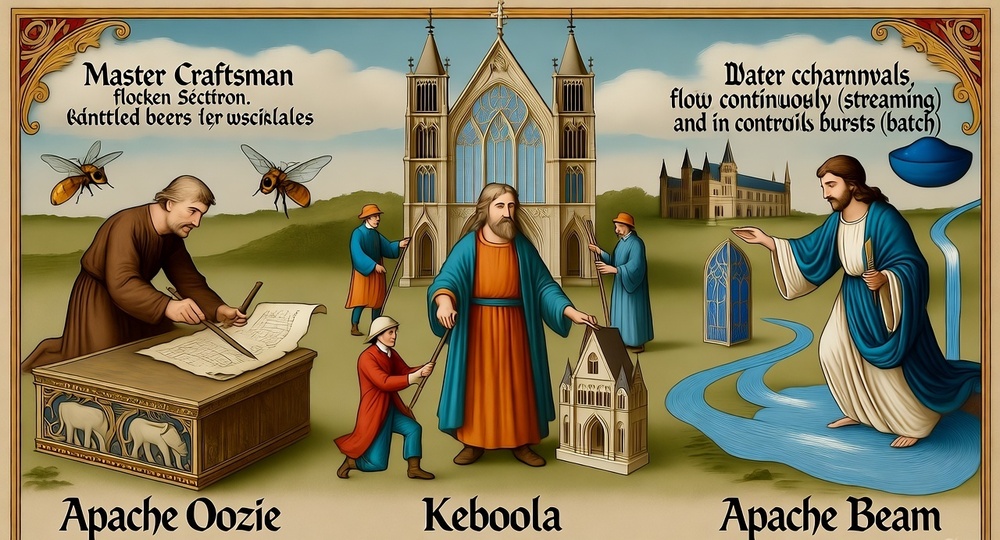
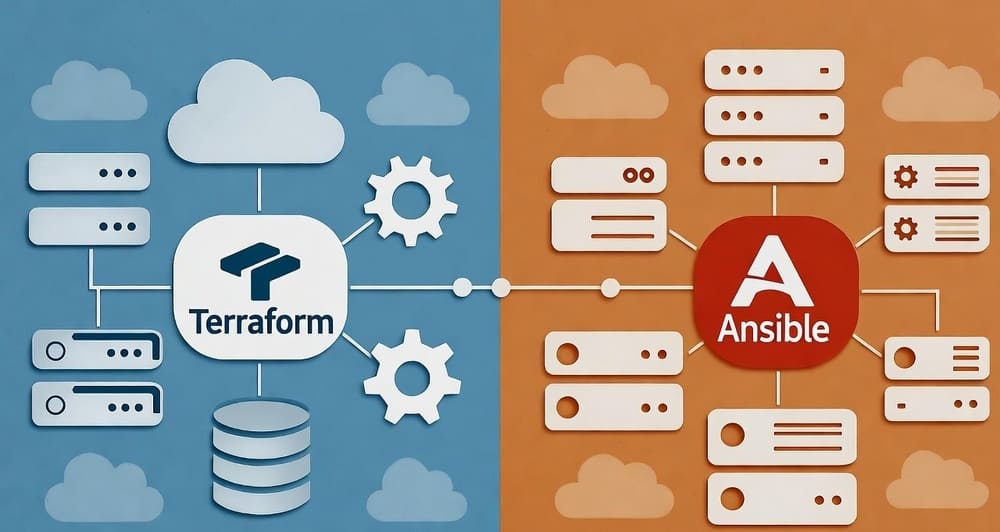
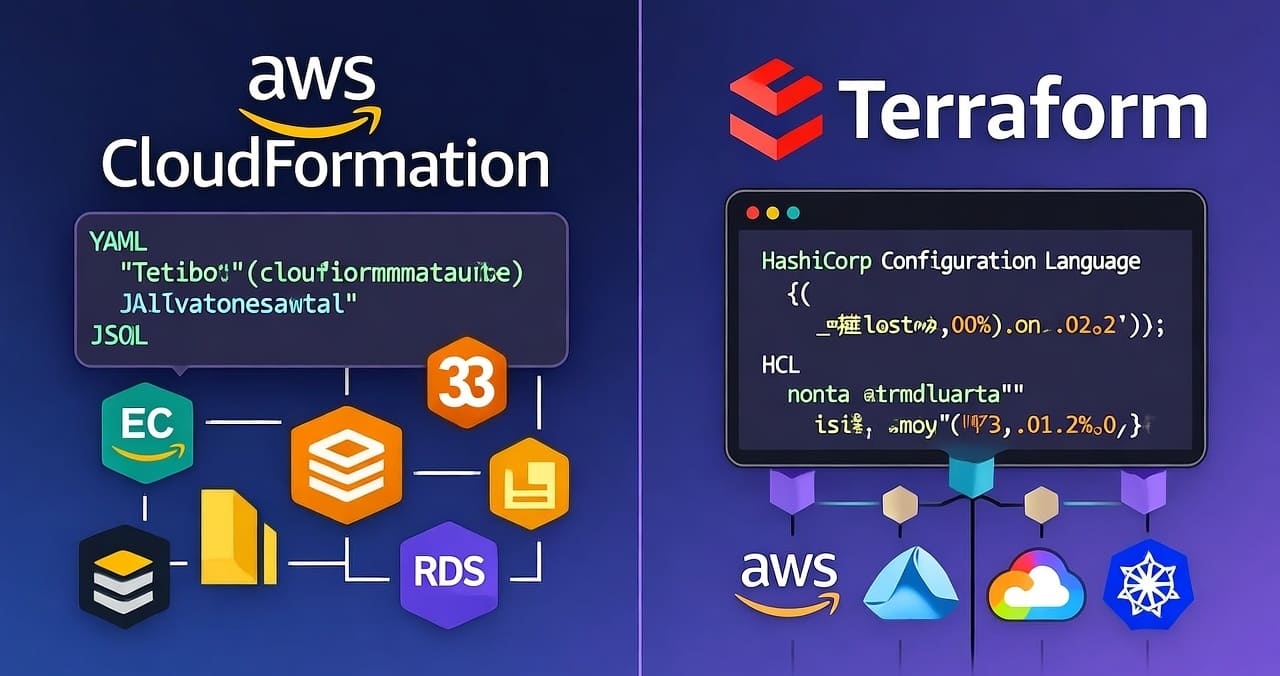





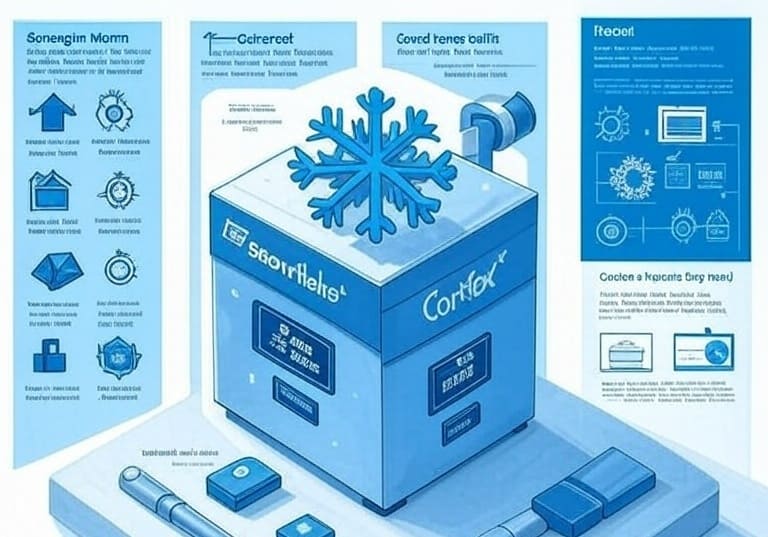


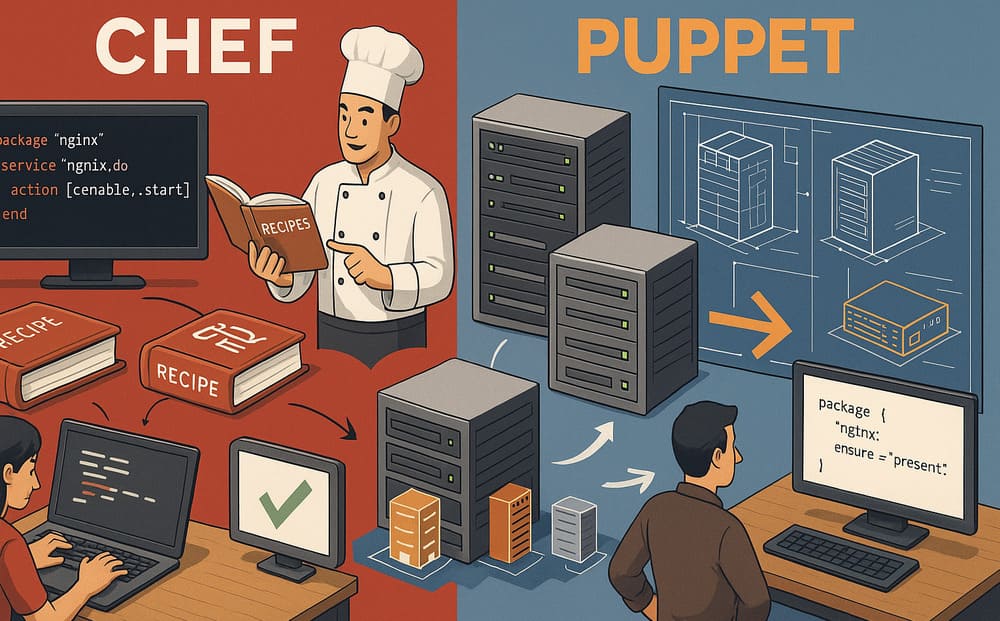

Leave a Reply